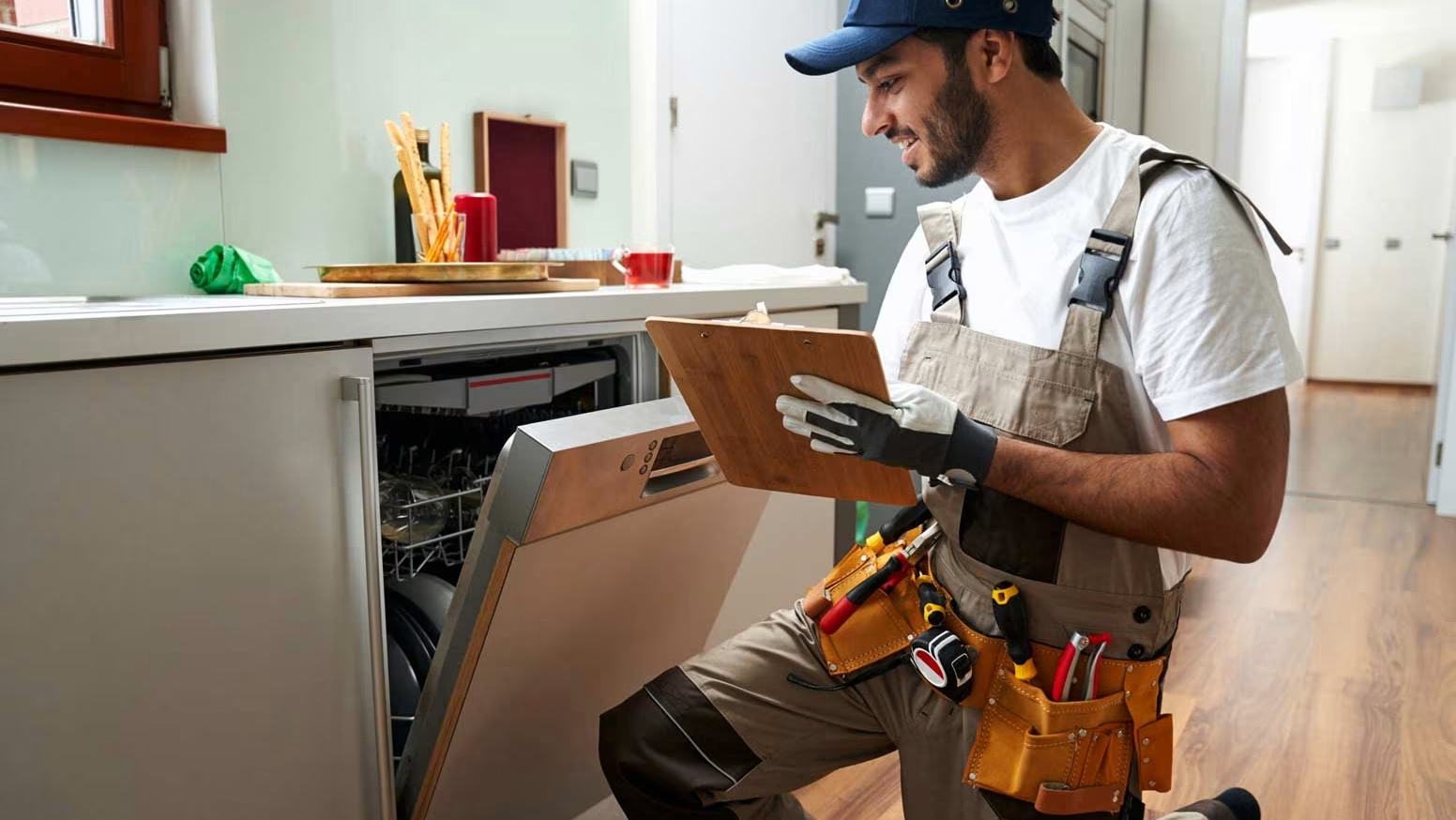Now Reading: Why Your Home’s Water Pressure Is Suddenly So Low 2025
-
01
Why Your Home’s Water Pressure Is Suddenly So Low 2025
Why Your Home’s Water Pressure Is Suddenly So Low 2025

Table of Contents
Home Reduced water pressure at home can be annoying and frustrating. Whether it’s a weak shower, slow-filling washing machine, or a faucet that drips instead of flows, poor water pressure can affect your daily life. But what causes this issue, and how can you fix it?
In this article, we’ll explore the most common reasons behind low water pressure in homes, how to check for the problem, and some easy solutions you can try. Whether you live in a high-rise apartment or a bungalow, this guide will help you understand and resolve your water flow issues.
What Is Water Pressure?
Water pressure refers to the force that pushes water through pipes and out of your faucets, showers, and other fixtures. It is measured in pounds per square inch (PSI). Normal water pressure in most homes ranges between 40 and 60 PSI. Anything lower than 40 PSI might feel like a trickle rather than a stream.
Signs of Low Water Pressure
You may not always notice reduced water pressure immediately. But here are some clear signs:
- Your shower feels weak and unsatisfying
- Taps take longer to fill buckets or sinks
- Washing machine or dishwasher cycles are delayed
- Toilet tanks refill very slowly
- Sprinklers don’t spray water evenly
1. Clogged Pipes or Fixtures
One of the most common reasons for reduced water pressure is clogged pipes. Over time, mineral deposits like calcium or magnesium build up inside your plumbing. This is especially common in areas with hard water. These deposits reduce the space inside the pipe, making it harder for water to flow freely.
Solution: You may need a plumber to inspect and clean or replace clogged pipes. In some cases, cleaning aerators (the small screen on your tap) and showerheads with vinegar can help remove mineral buildup.
2. Leaking Pipes
Leaks can quietly cause water pressure to drop. If water is escaping through a cracked or damaged pipe, less water reaches your faucet.
Signs of a leak:
- Wet spots on walls, floors, or ceilings
- An unusually high water bill
- Mold or mildew smell
Solution: If you suspect a leak, turn off all water fixtures and check your water meter. If the dial continues to move, you likely have a leak and should call a professional immediately.
3. Faulty Pressure Regulator
Some homes are fitted with a pressure regulator, a valve that controls the water pressure entering your home. If this device fails, it can either cause low pressure or dangerously high pressure.
Solution: Replacing a faulty pressure regulator usually requires a plumber, but it can restore your home’s water pressure to normal levels.
4. Issues with the Main Water Supply
Sometimes, the problem doesn’t come from inside your house at all. Municipal water supply issues, maintenance work, or a broken water main can all lead to a drop in water pressure.
How to check:
- Ask your neighbors if they’re facing similar issues
- Contact your local water provider for updates
Solution: Unfortunately, if the issue is on the city’s end, you’ll have to wait until they fix it. In the meantime, use water sparingly.
5. Closed or Partially Closed Valves
Homes typically have a main shut-off valve and sometimes other secondary valves. If these valves aren’t fully open, they can restrict water flow.
Solution:
- Find your main water valve (usually near the water meter or where the pipe enters your house)
- Turn it counterclockwise fully to open it
- Do the same for any other visible valves in your plumbing system
6. Shared Pipelines
If you live in an apartment or multi-family building, water pressure might drop during peak hours when many households use water at once. This is called demand-based pressure drop.
Solution: Try adjusting your schedule for high-water-use tasks like showering, laundry, or dishwashing. Speak to building management if the issue persists.
7. Old or Corroded Pipes
Homes built before the 1970s often used galvanized steel pipes, which are prone to corrosion over time. Corroded pipes shrink from the inside and lower water pressure.
Solution: Replacing outdated plumbing with copper or PEX pipes is often the best long-term fix, though it can be costly upfront.
8. Water Heater Problems
If you’re only noticing low pressure with hot water, your water heater might be the culprit. Sediment buildup inside the tank can block flow and reduce pressure.
Solution: Flush your water heater annually to remove sediment. If the issue remains, the unit may need servicing or replacement.
Preventive Measures to Avoid Low Pressure
While some issues are out of your control, a few preventive steps can help maintain steady water pressure:
- Install a whole-house water filter to prevent scale buildup
- Regularly clean faucet aerators and showerheads
- Check valves after any plumbing work or renovations
- Monitor your water bill for unexpected spikes
- Schedule annual plumbing inspections
When to Call a Professional
If DIY fixes don’t solve your problem, or if you’re dealing with older plumbing, it’s best to contact a licensed plumber. They can:
- Identify hidden leaks
- Check pressure levels
- Replace or upgrade components safely
- Ensure your system complies with local codes
Final Thoughts
Reduced water pressure at home is more than a minor annoyance it can signal bigger problems in your plumbing system. Whether it’s mineral buildup, hidden leaks, or old pipes, knowing what to look for can help you act fast. In many cases, simple checks and maintenance can bring your water pressure back to normal without major costs.
Don’t let weak water pressure disrupt your day. With the right knowledge and timely action, you can keep your home flowing smoothly.
Read More:- Shobha Realty Launches Its Most Luxurious Project Yet—Full Details Inside 2025






















